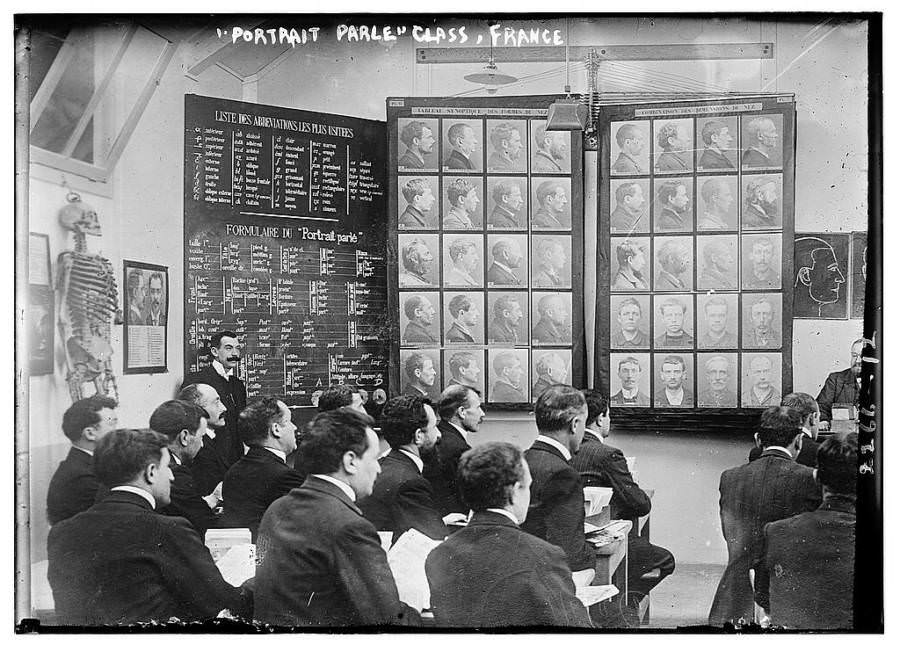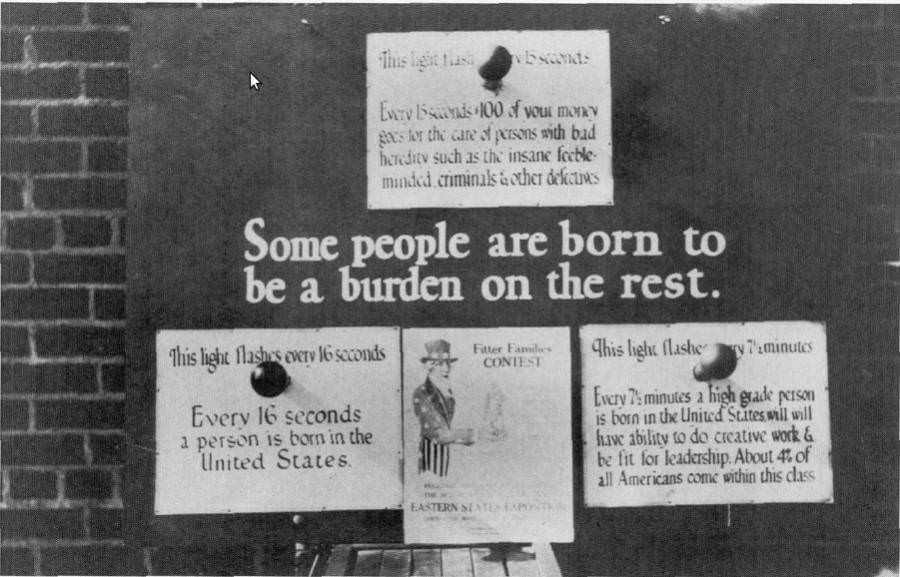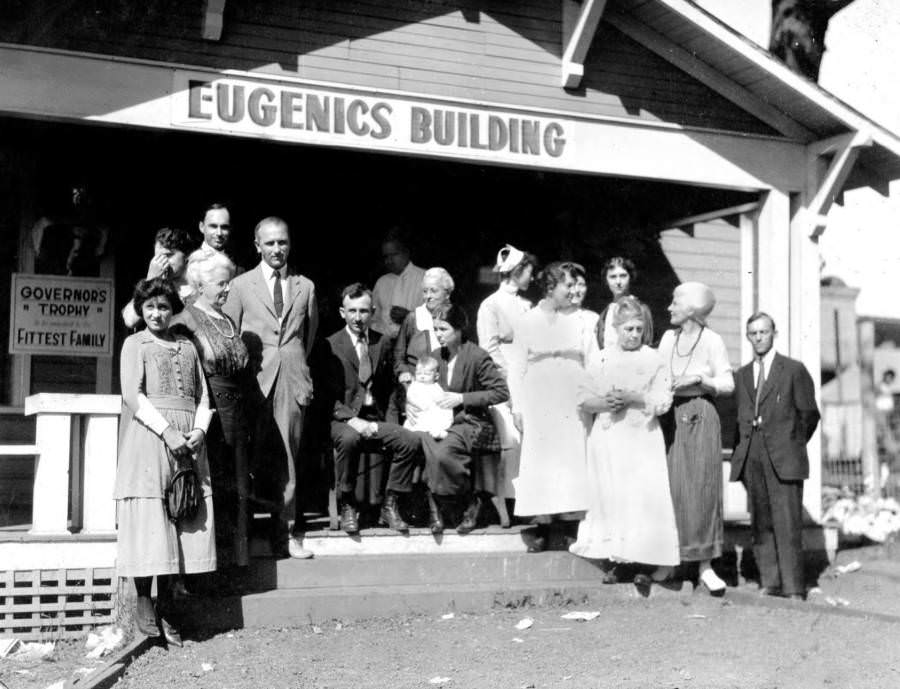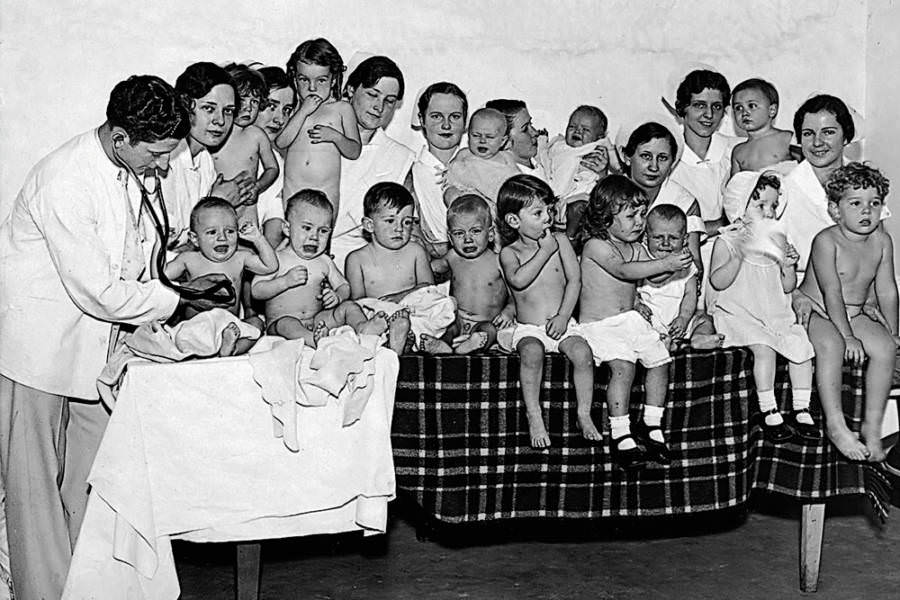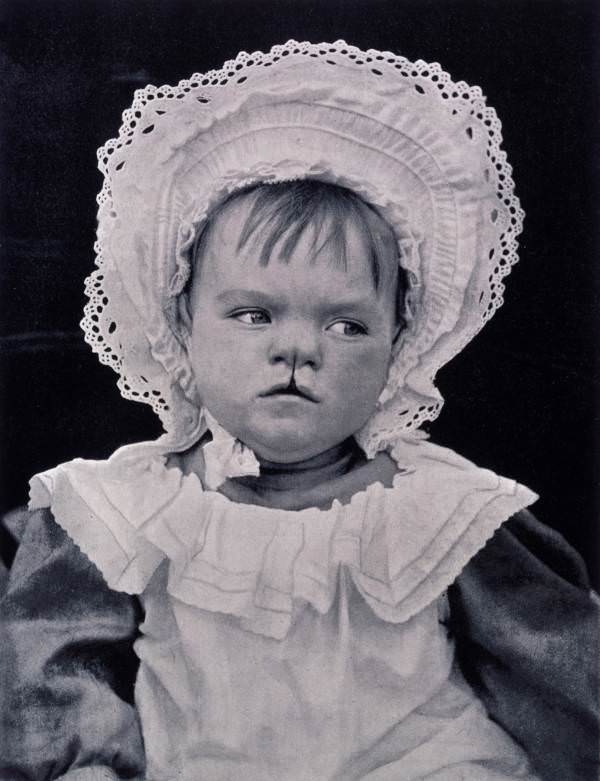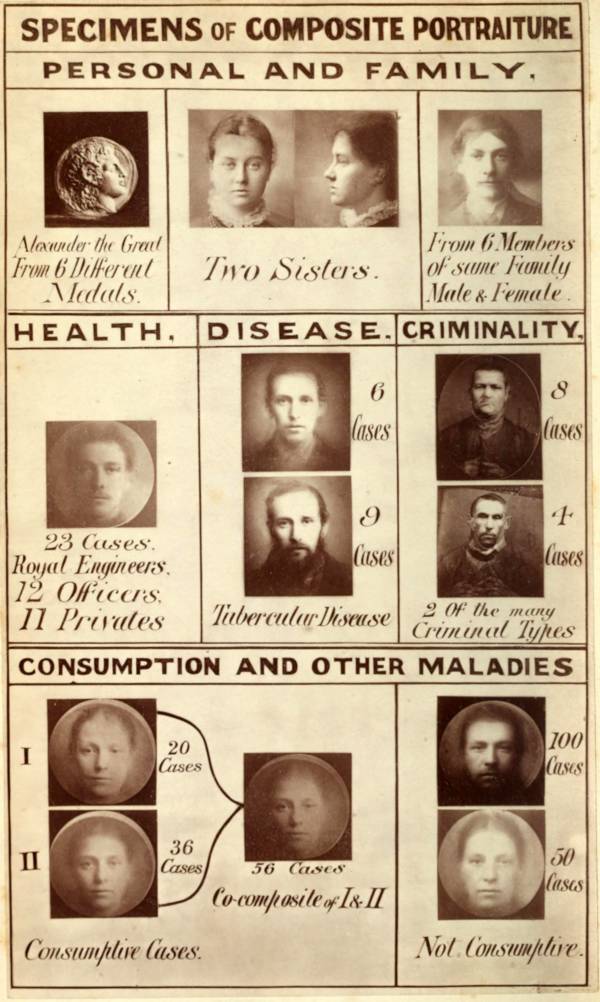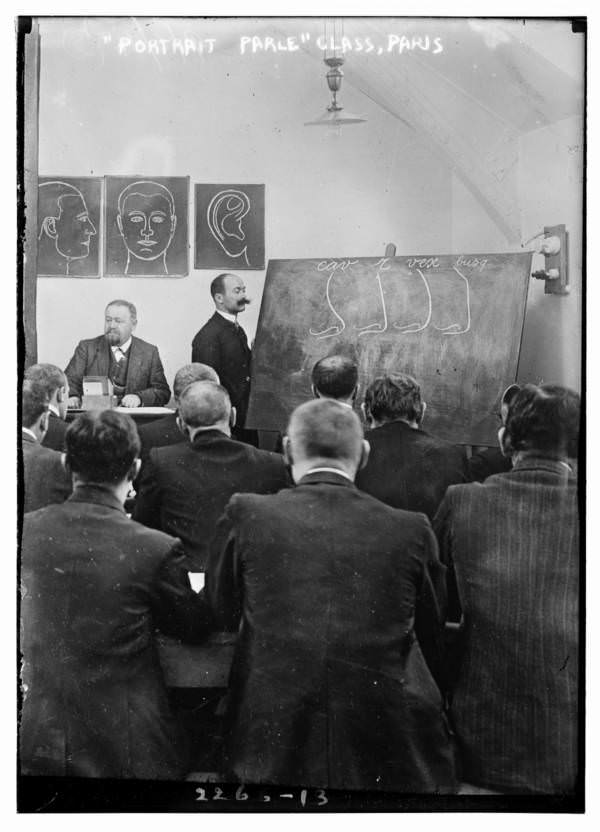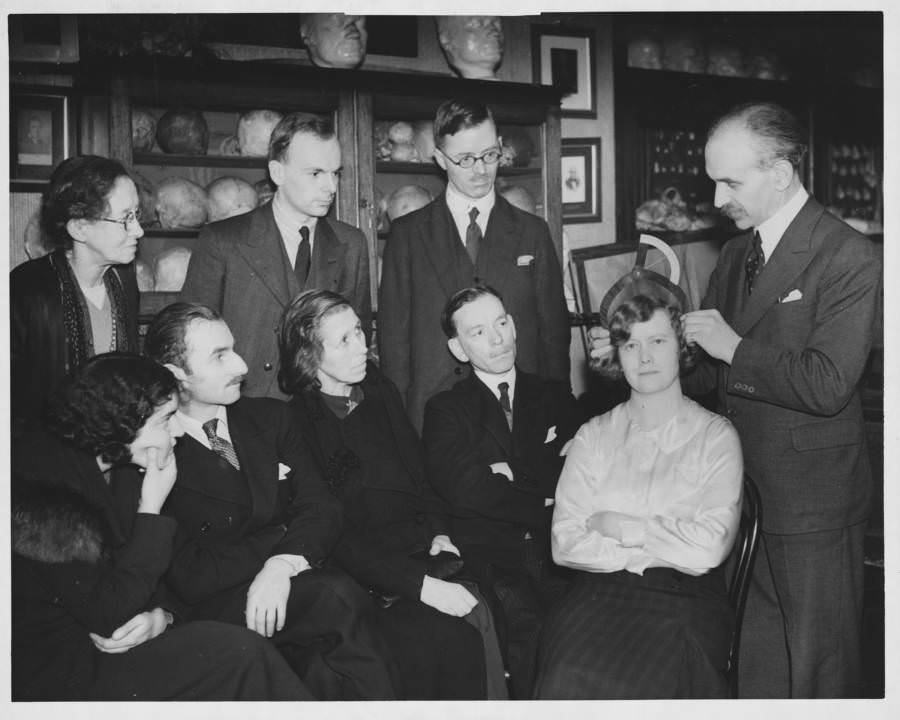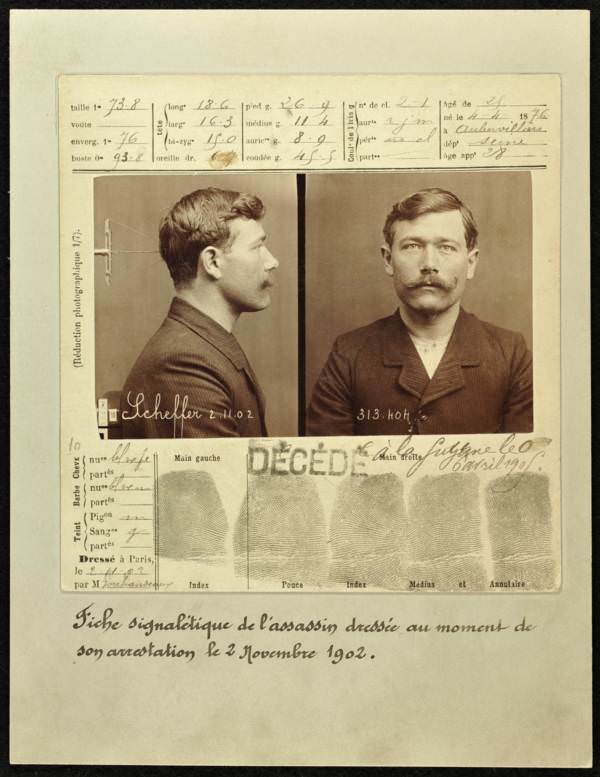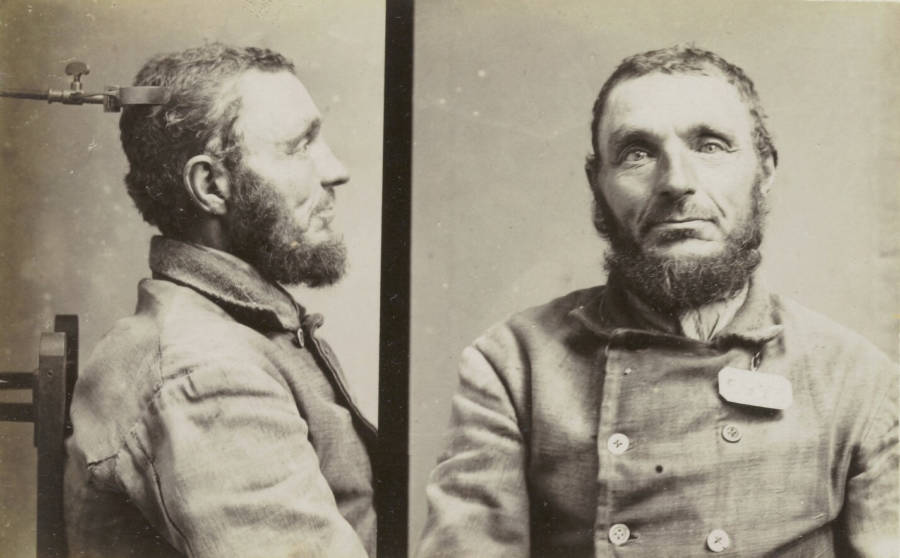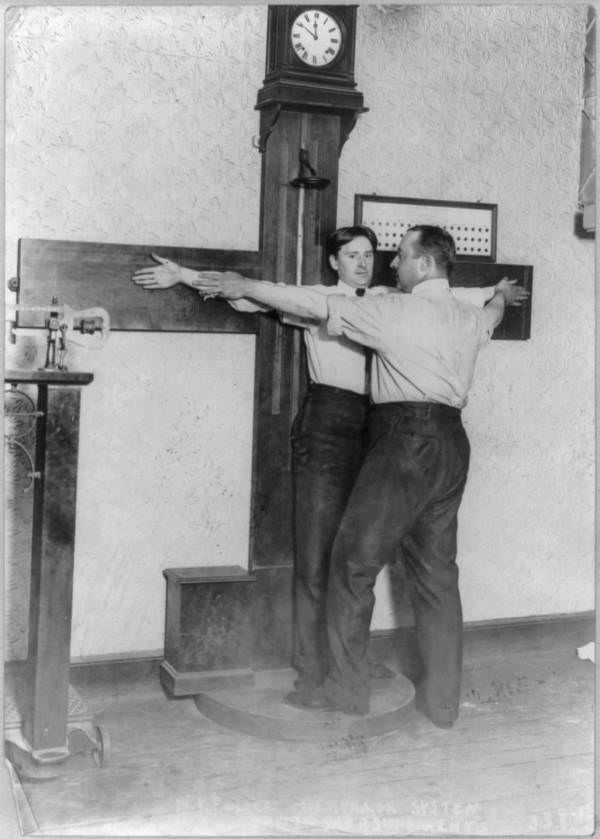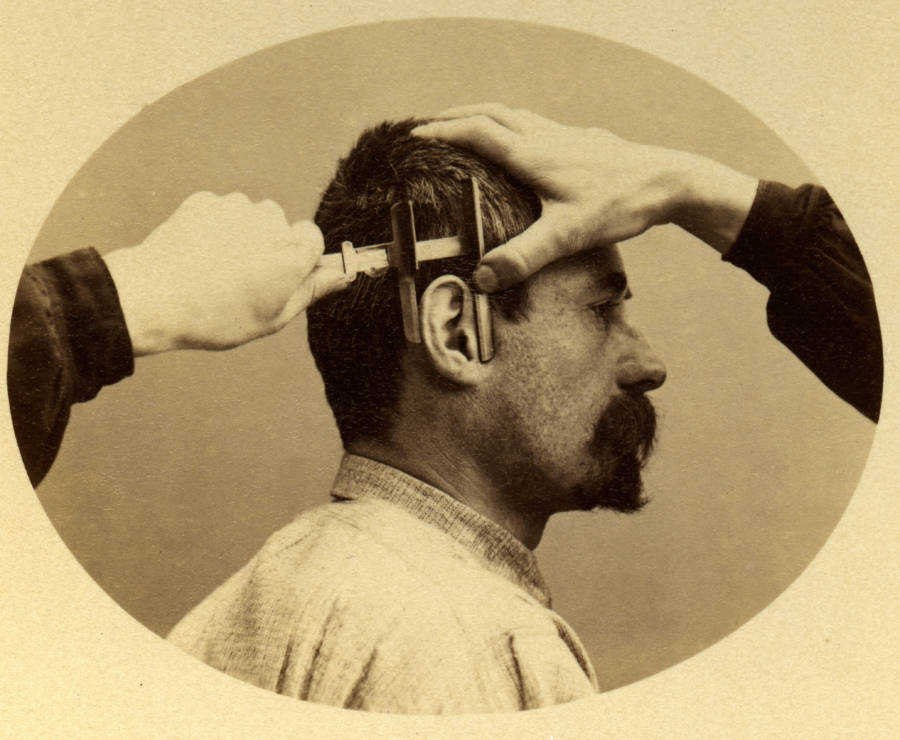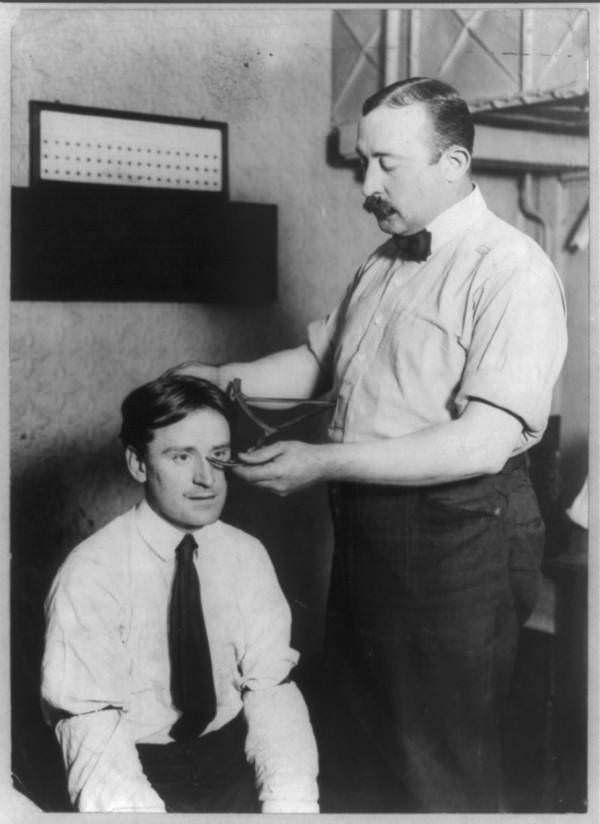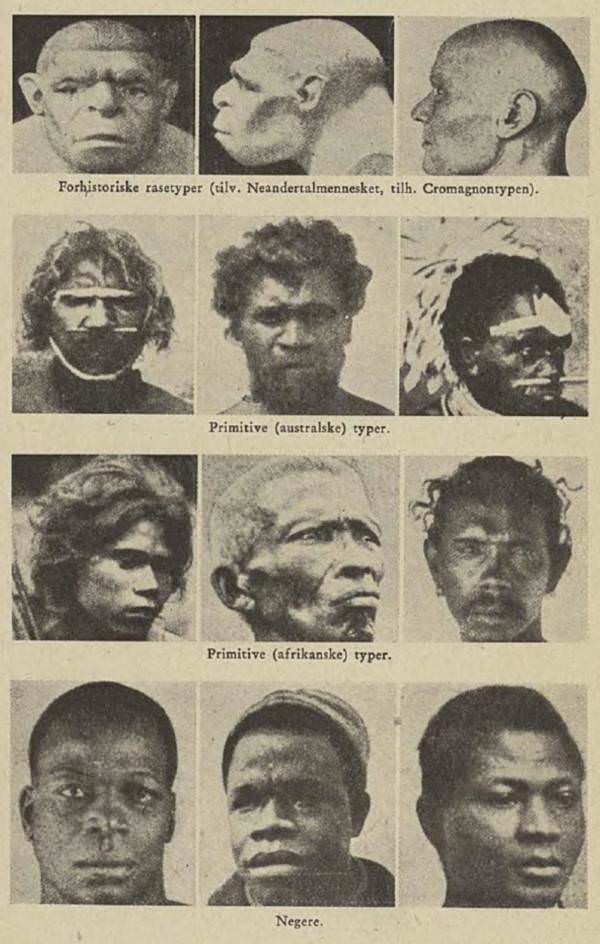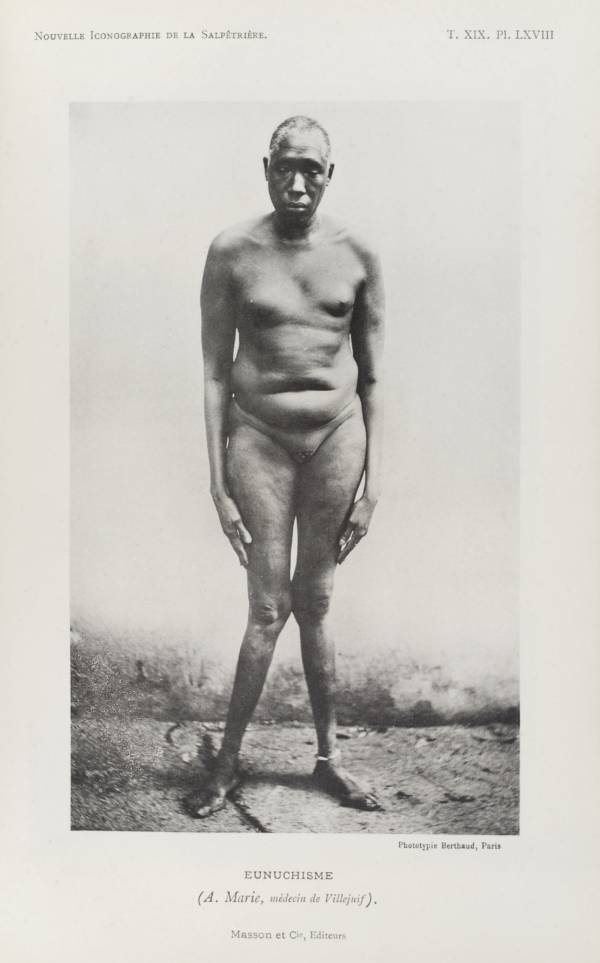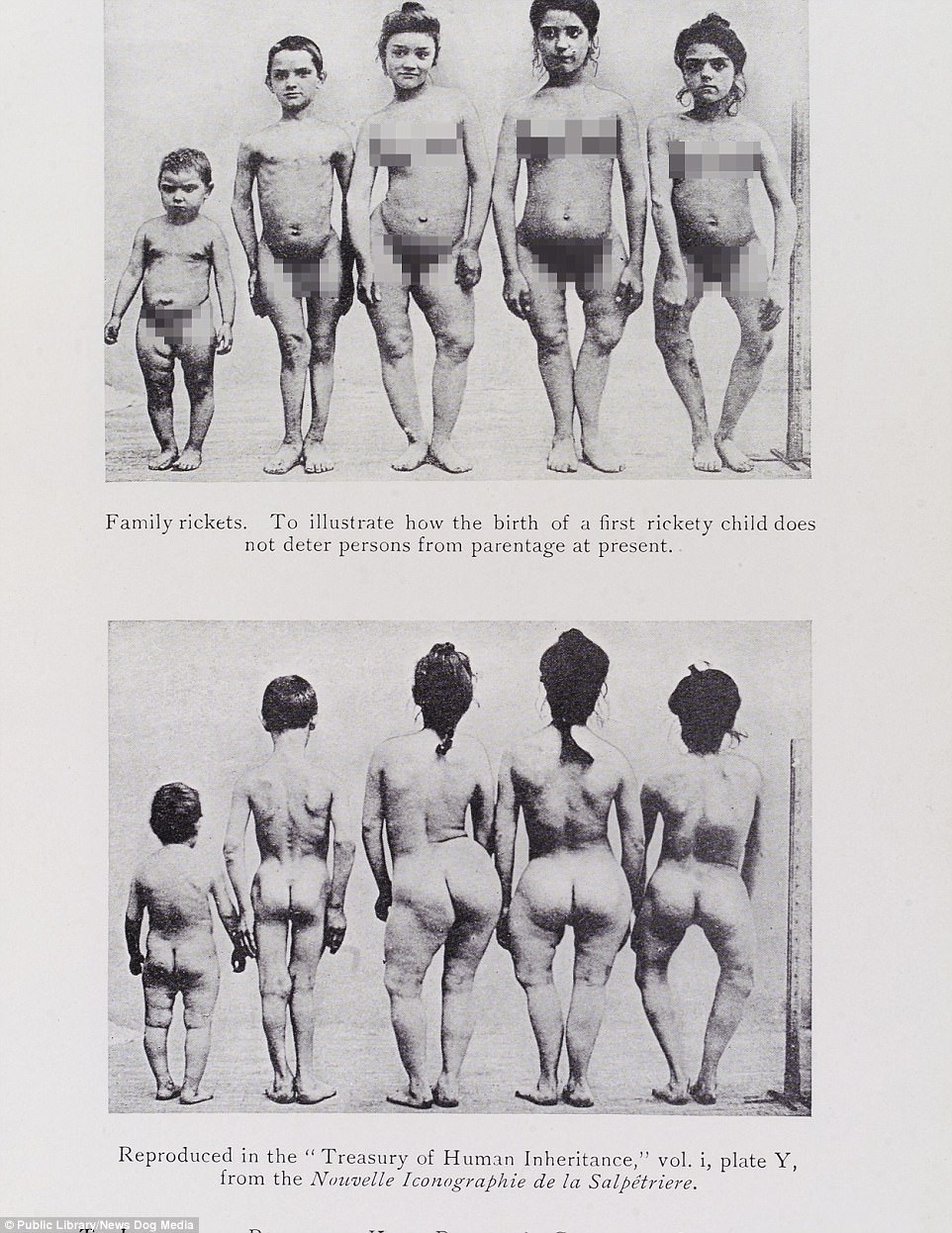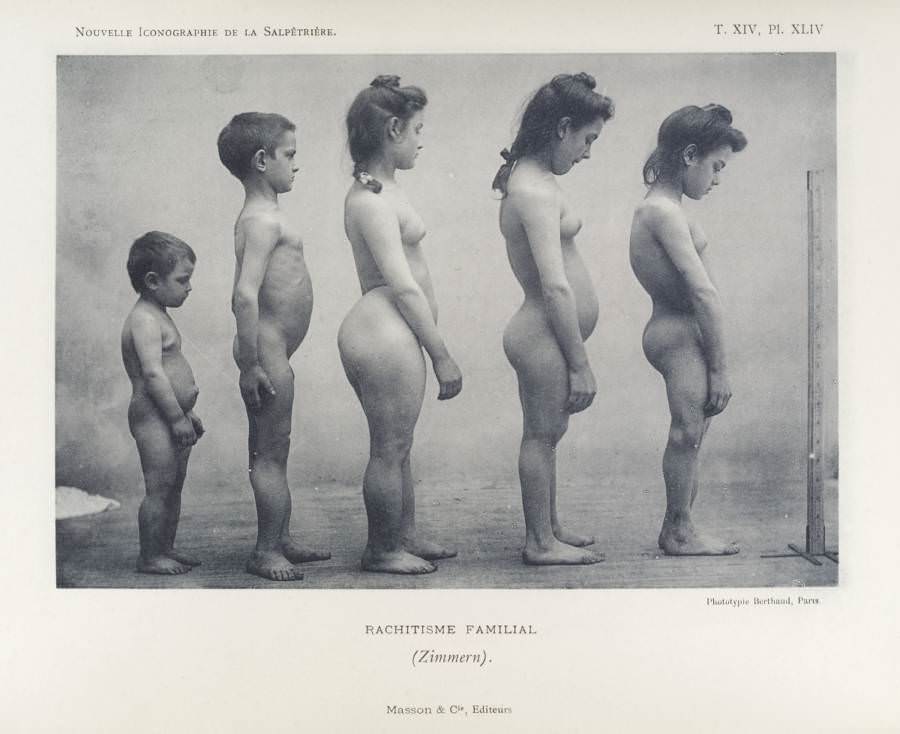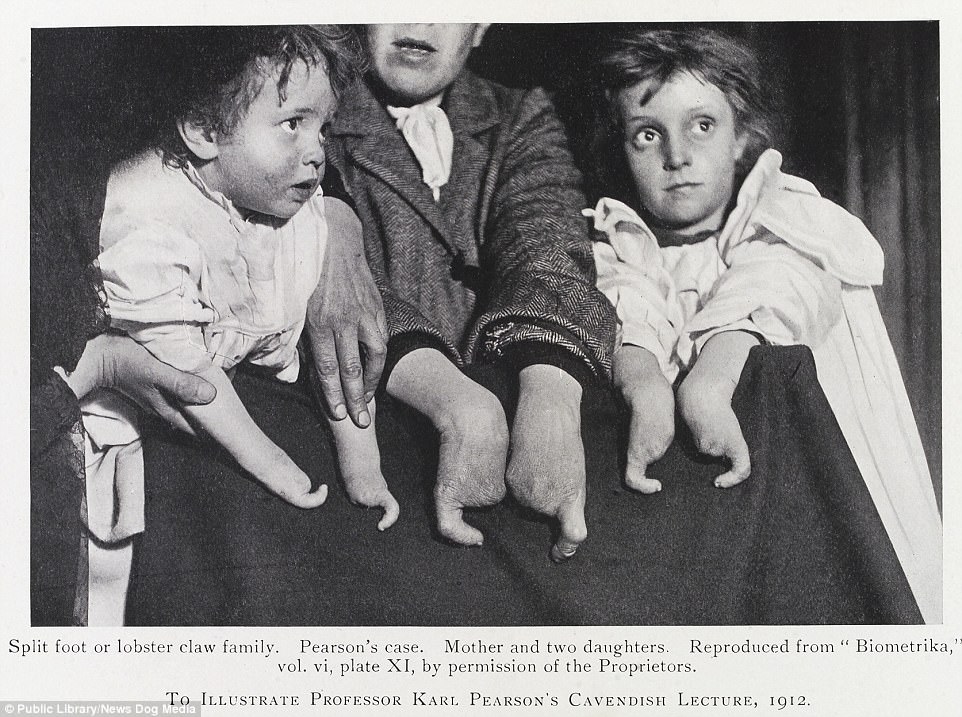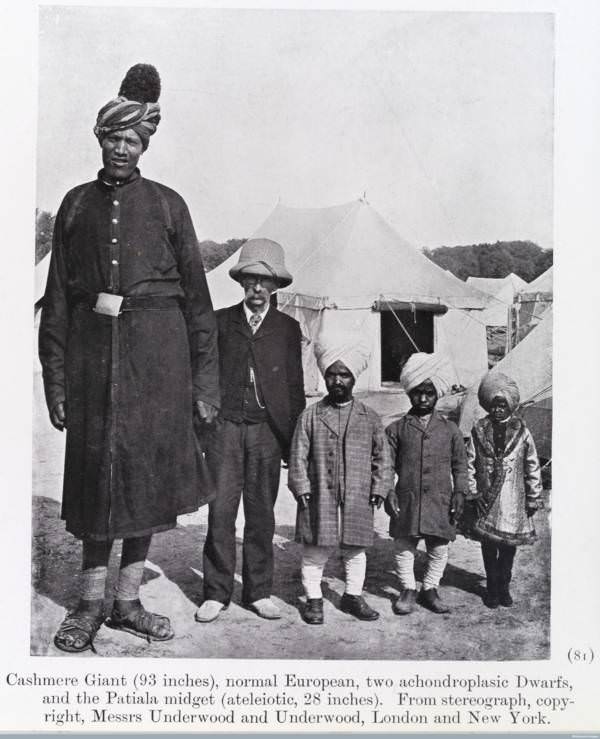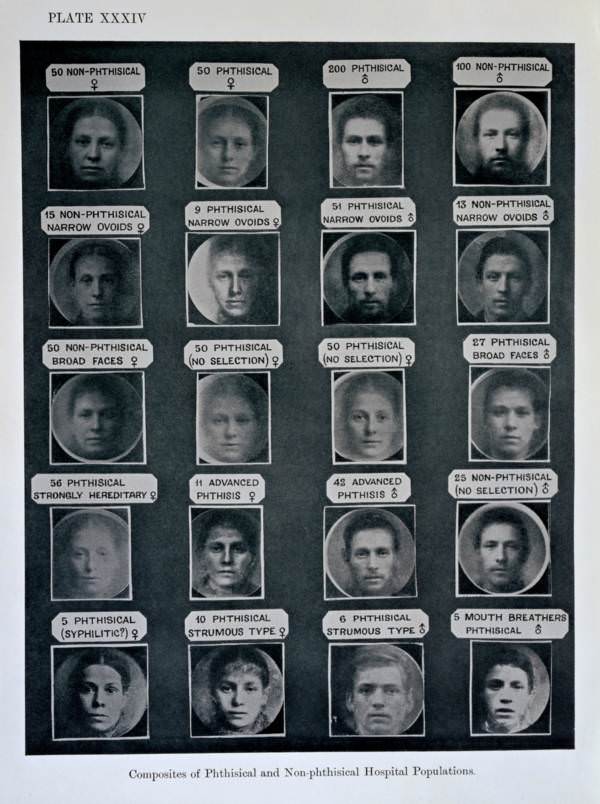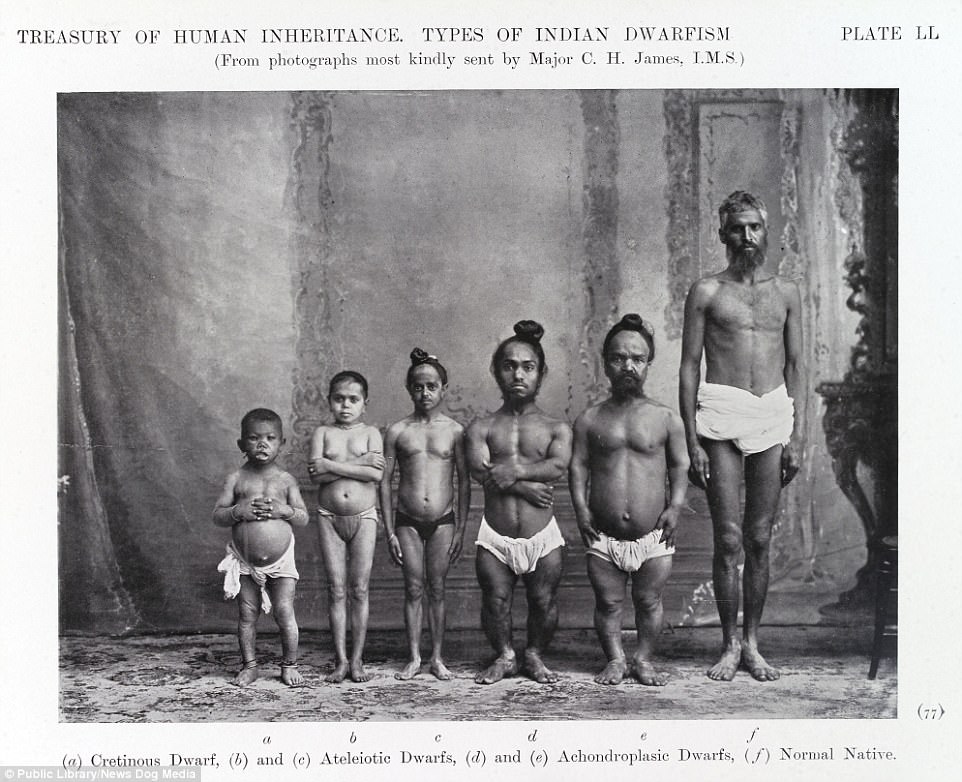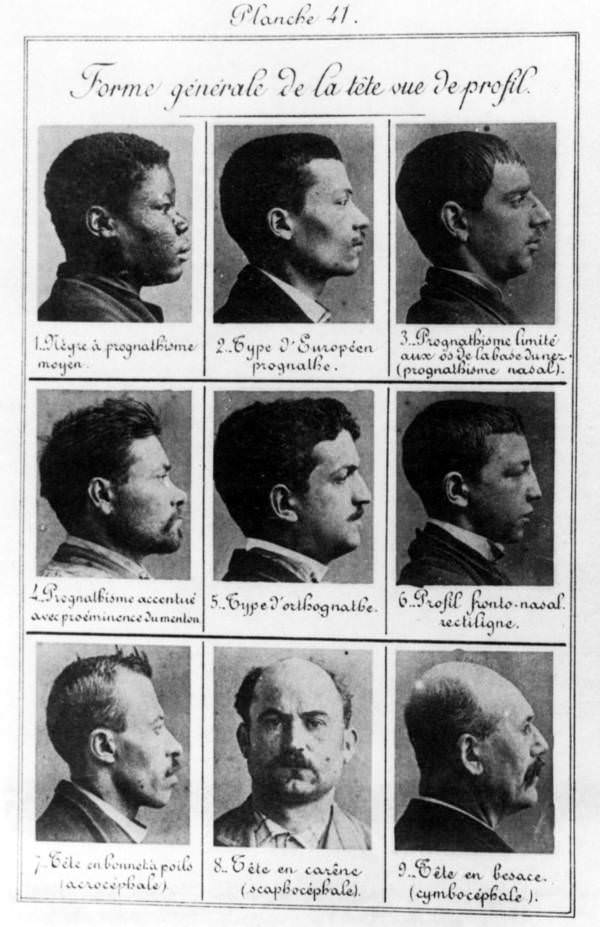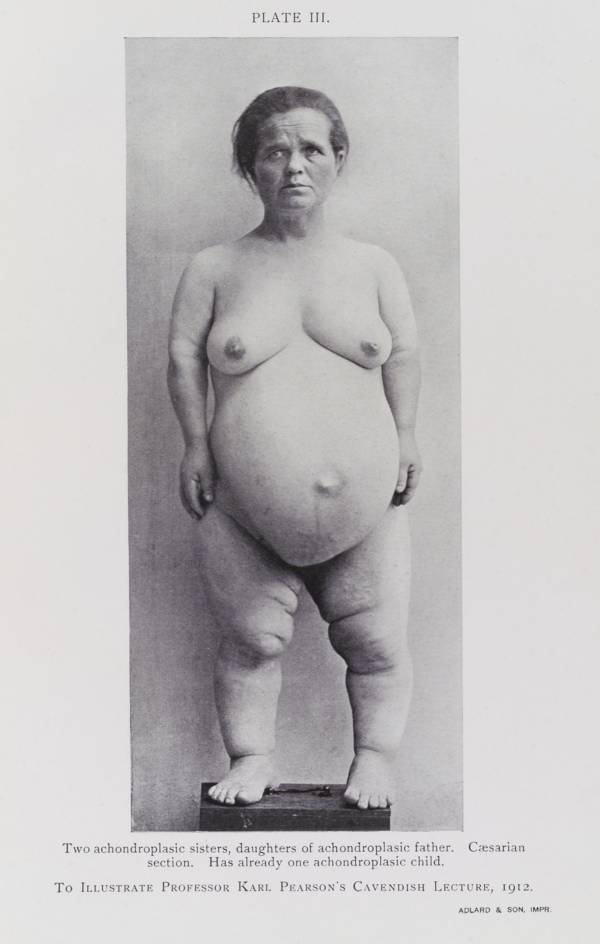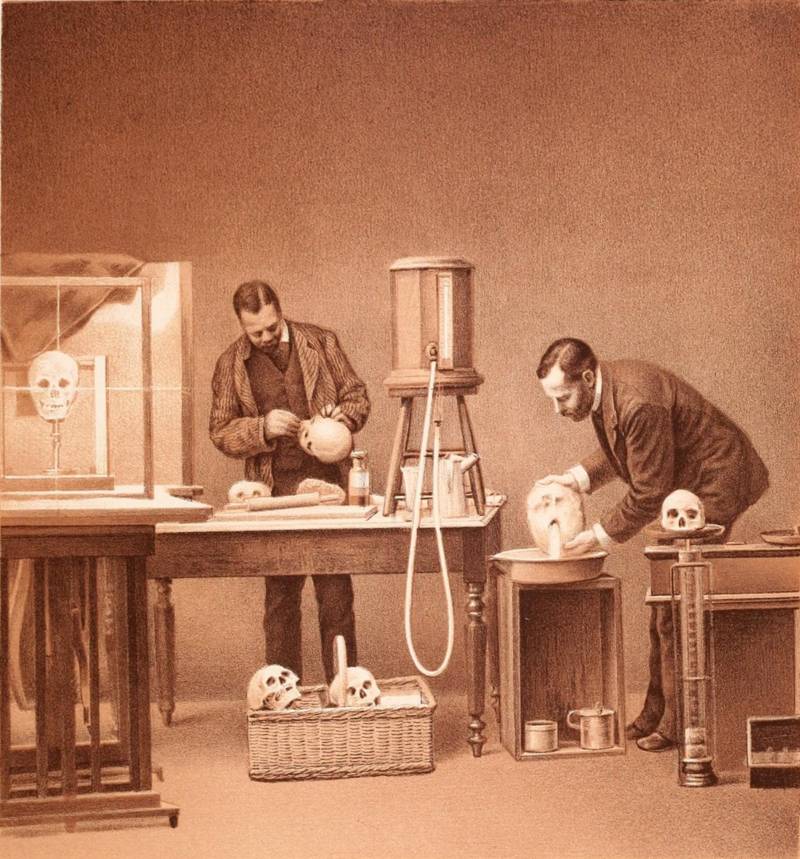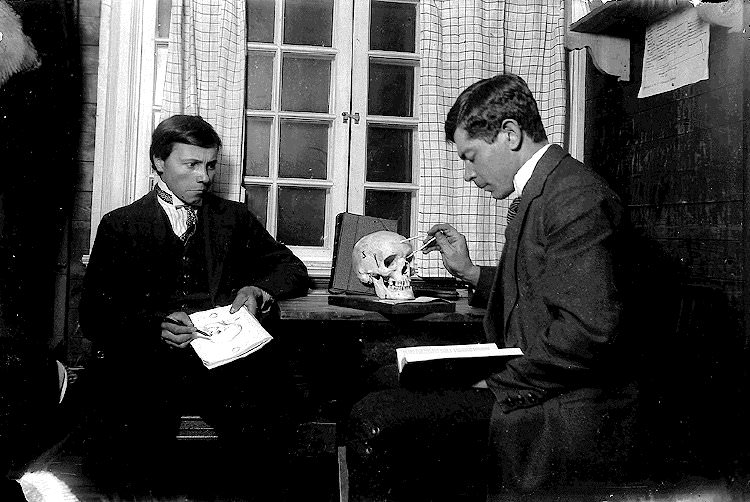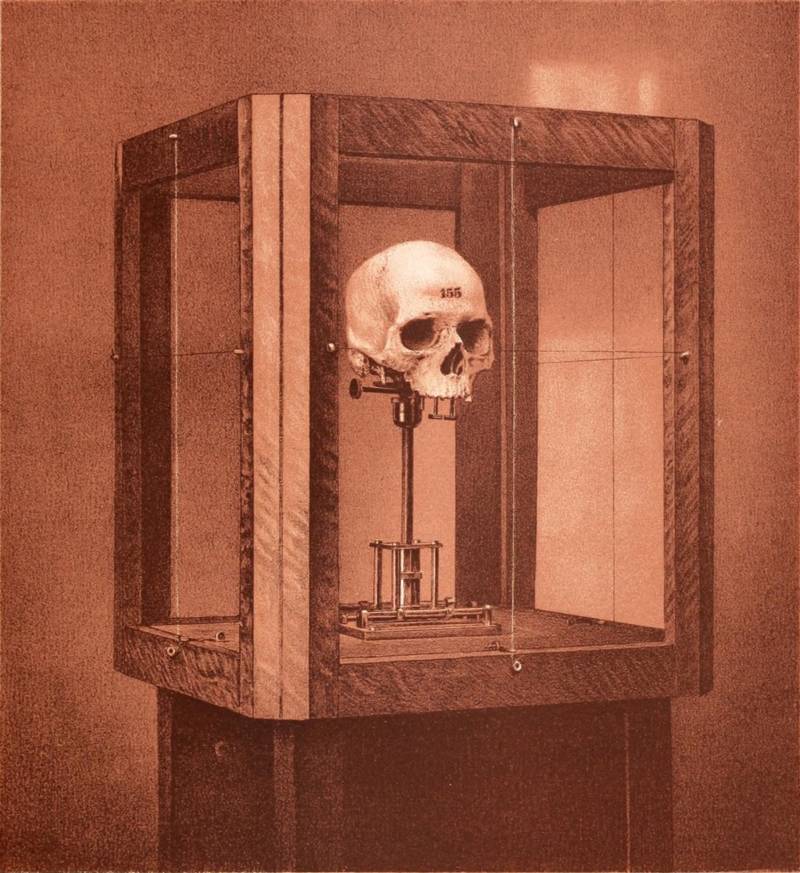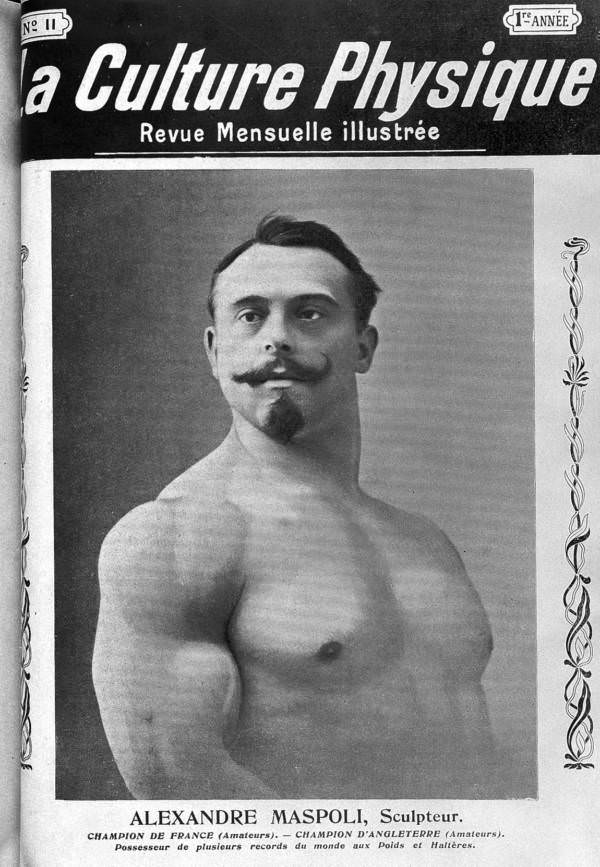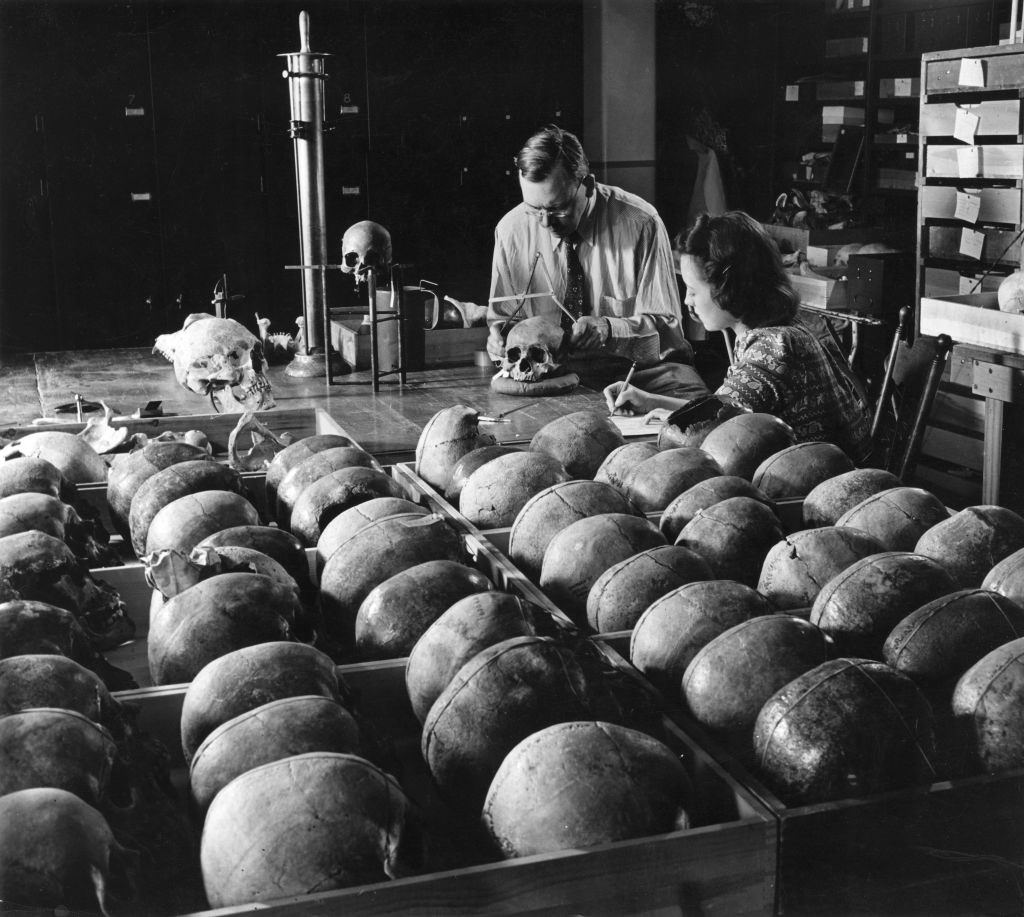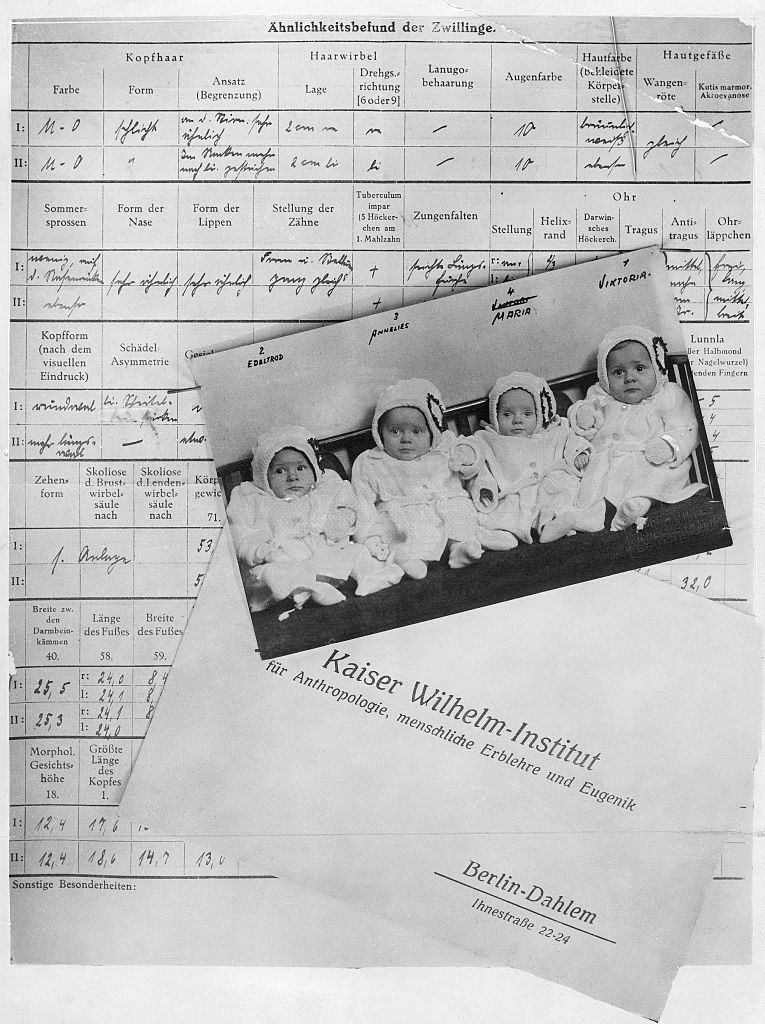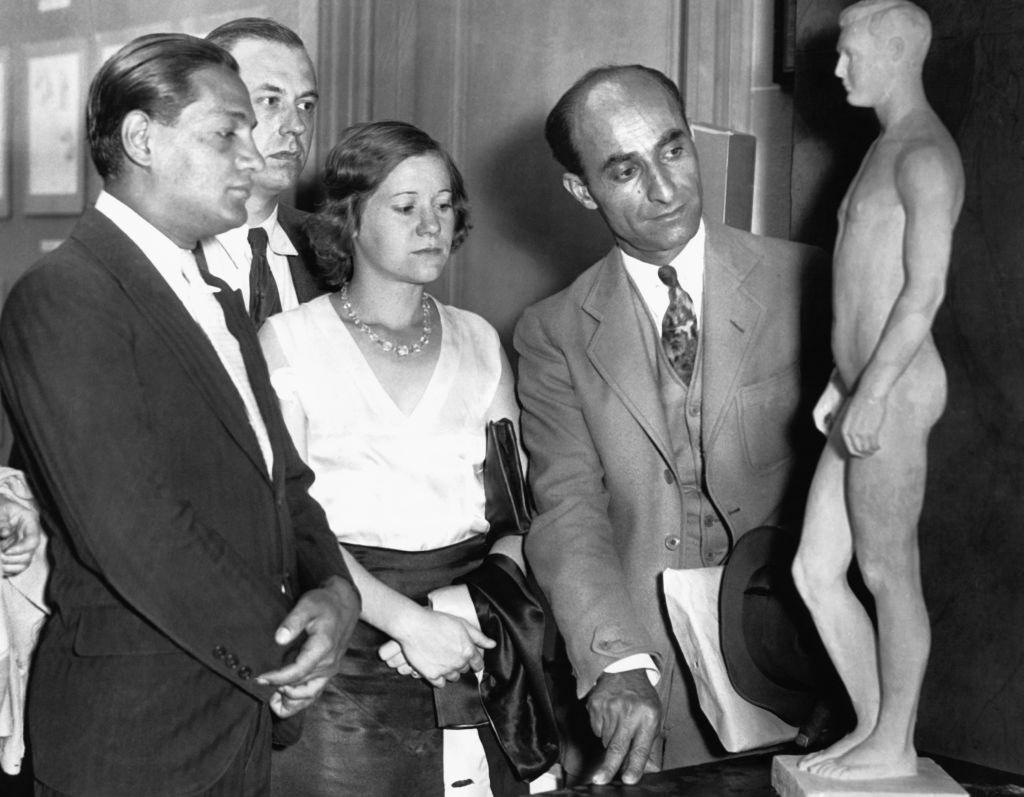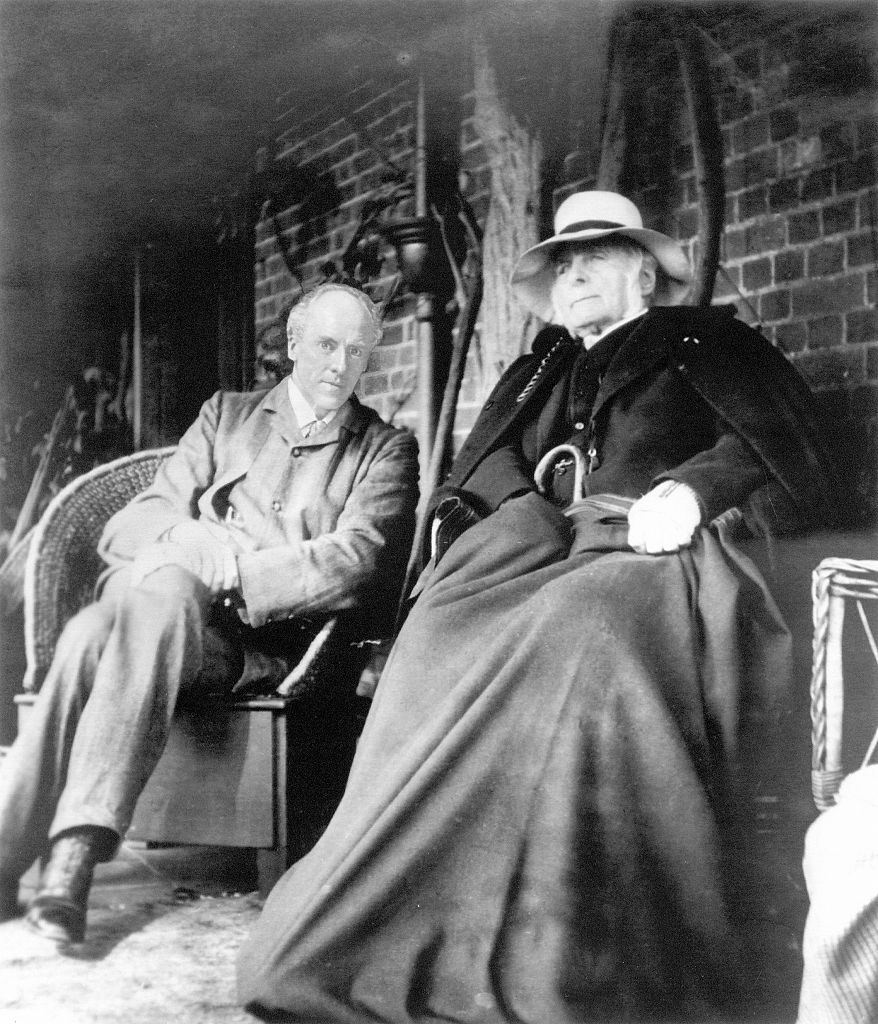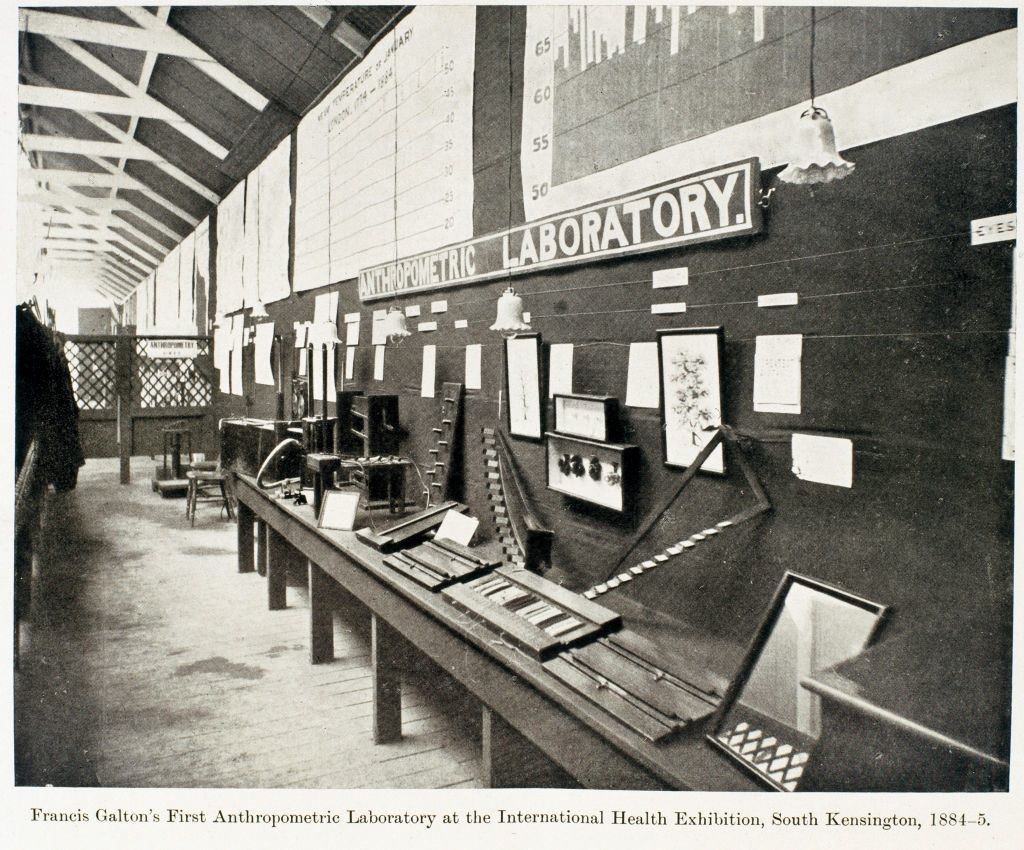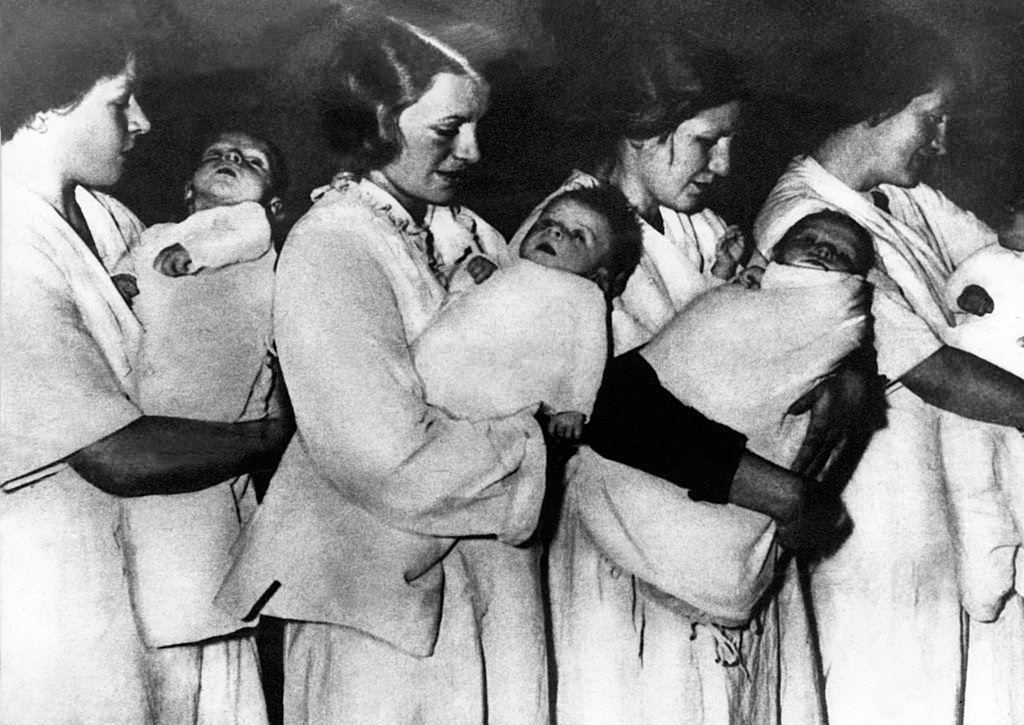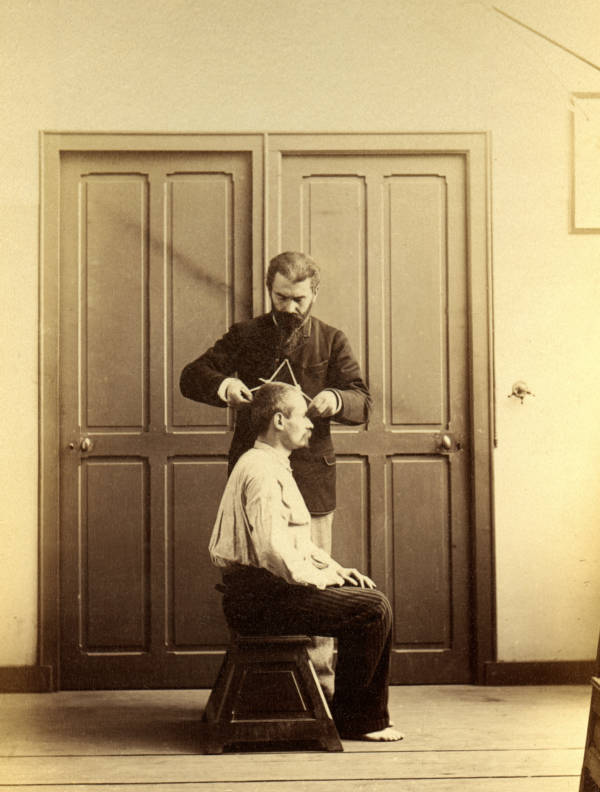As science and technology progressed, we began to understand the working of nature and the human body. Scientists and Botanist started experimenting on plants and crops to increase the yield and reduce the time. The same experiments were conducted on livestock and chicken to breed them more quickly. And now, we produce livestock in farms more rapidly, and we have the technology and resources to estimate and improve crop yields.
The idea of selective Human Breeding
In the late 19th century, scientists and experts began to think about the idea of selective breeding of humans. They aimed to reduce human suffering by breeding out people with disabilities, incurable diseases, and undesirable characteristics from the world. They also believed that people inherit diseases, mental illness, criminal tendencies, and even poverty.
Eugenics
The ancient Greek philosopher Plato was believed to be the first person to promote the idea about selective breeding. The term ‘Eugenics’ was coined in 1883 by British Scholar, Sir Francis Galton (Charles Darwin’s cousin). He wrote about the idea of establishing a superior society by procreating healthy, educated, and high-class people together and discouraging reproduction among lower classes. He also suggested a variety of mating rules to achieve the desired results.
Eugenics in America
Galton’s plan did not get appreciation in his own country, but in America, it was widely embraced among the elites. And in 1896, Connecticut passed a law that outlawed the people with epilepsy to marry; the same rules were made for people who were “feeble-minded.” In 1903, the American Breeder’s Association was created to study Eugenics. As the concept of Eugenics took hold, the government, scientists, and socialists established the Eugenics Record offices all over the country. These offices tracked families and their genetic traits, and they had the right to declare people unfit for marriage.
The Eugenics took a dark turn in the early 20th century when California passed a law of forced Sterilizations. From 1909 to 1979, around 20,000 sterilization operations were performed in the state’s mental institutions under the guise of protecting society from the offspring of people with mental illness. Even the Supreme Court ruled that forced sterilization does not violate the constitution. According to a 1976 Government Accountability Office investigation, between 25 and 50 percent of Native Americans were sterilized between 1970 and 1976.
This idea even inspired Adolf Hitler. In 1925, he wrote in his book “Mein Kampf” about immigration policies.
There is today one state in which at least weak beginnings toward a better conception are noticeable. Of course, it is not our model German Republic, but the American Union.
Genetic Engineering
Eugenics lost its momentum after World War II, although the forced sterilization still happened. As medical technology advanced, a new form of Eugenics was introduced known as “Human Genetic Engineering.” With this modern Eugenics, we can prevent and cure diseases, and the couples can know about the potential undesirable traits in their offspring. Genetic testing also identifies some diseases in wombs which allow us to terminate the pregnancy.
The following historical photos depict the dark history of Eugenic.


